The US dollar has been the leading global currency for approximately seven decades and is used widely around the world. Its popularity is such that many nations have adopted the US dollar as their official or unofficial currency, demonstrating its power as a legal tender. Prior to World War II, it was the British pound sterling that led the pack and was primarily held by reserve banks. Post-war, a thriving American economy, coupled with a devastated Europe, catapulted the greenback to its current position, surpassing the pound. Today, various worldwide currencies, such as the Venezuelan bolivar and Saudi riyal, are pegged to the dollar, signifying they trade their currencies on par (1:1) with the US dollar. Notwithstanding, those are topics for another discussion. In this context, we shine a light on regions where one wouldn’t anticipate the US dollar being a primary form of trade (either officially or unofficially, but widely used regardless). From a British territory that uses the dollar to countries with eight official currencies, none of which are their own, we present a list of 25 surprising places where the US dollar is in use.
USA
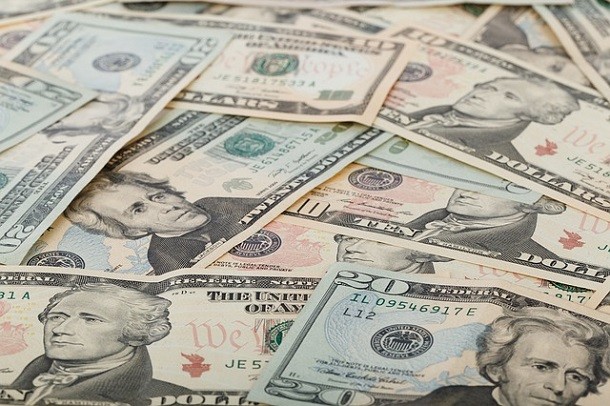 Source: TransferWise, Image: Pixabay
Source: TransferWise, Image: Pixabay It’s obvious the United States uses the dollar, its currency. But why do so many other states accept the dollar as their own? Dollarization – the process of adopting the dollar as a country’s own currency – can stabilize unsettled economies due to its relatively minimal fluctuations. Also, many global commodities including oil, gold, and aid money are traded in U.S. dollars so it makes it easier for such countries (such as Gulf states) to peg their currencies to the dollar or, in the case of this list, use the dollar itself.
Puerto Rico
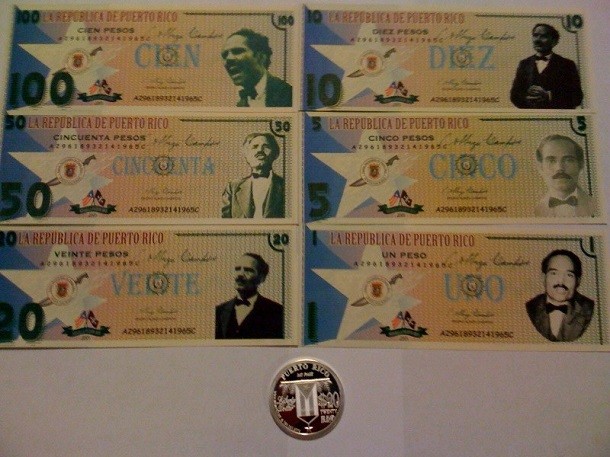 Source: Humberto Costa & Eduardo Rodríguez-Vázquez (2007). The Notes of the Island of Puerto Rico: The Humberto Costa Collection, Image: Wikipedia
Source: Humberto Costa & Eduardo Rodríguez-Vázquez (2007). The Notes of the Island of Puerto Rico: The Humberto Costa Collection, Image: Wikipedia Proposed to be the 51st state, Puerto Rico has been an unincorporated United States territory since its acquisition in the Spanish-American War in 1898. At that time, the existing Spanish Bank of Puerto Rico changed the country’s currency from the Puerto Rican peso to the Puerto Rican dollar. By 1913, the Puerto Rican economy was fully integrated into the American and the U.S. Treasury exchanged Puerto Rican dollars for U.S. dollars, ushering in U.S. dollar use that continues over a century later.
Guam
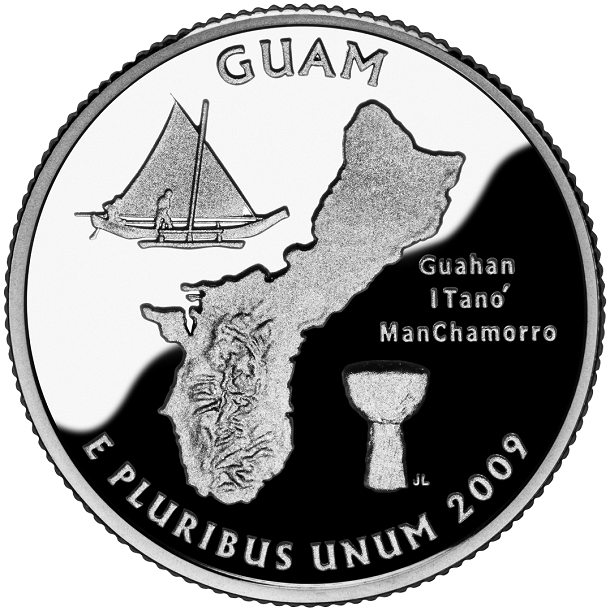 Source: CIA World Factbook & Rogers, Robert F. (1995). Destiny's Landfall: A History of Guam., Image: Wikimedia
Source: CIA World Factbook & Rogers, Robert F. (1995). Destiny's Landfall: A History of Guam., Image: Wikimedia The tropical beach and diver’s paradise in the Western Pacific, Guam is a U.S. island territory and the largest island in Micronesia. The country’s primary revenue comes from tourism, helped by a stable U.S. dollar (though Japanese tourists, a major revenue source, are spending less since yen-to-dollar adjustments). American military spending is also high on the island, making up the second largest income source.
Ecuador
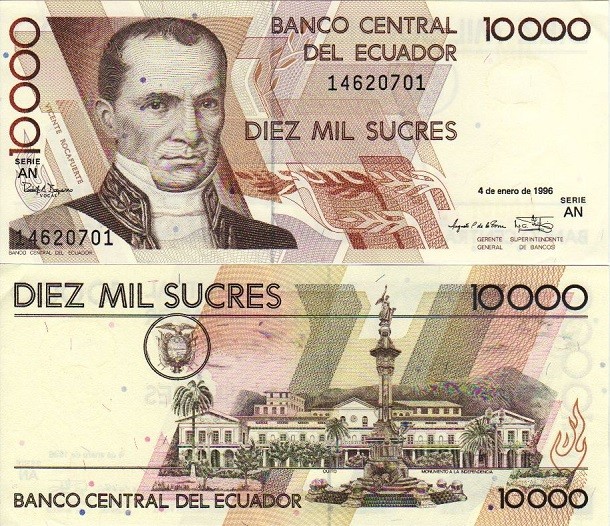 Source: CIA World Factbook & TransferWise, Image: Wikimedia
Source: CIA World Factbook & TransferWise, Image: Wikimedia Ecuador has had a long and tumultuous history and its currency reflects this better than most other countries on Earth. Jumping between the peso, peso fuerte, franco, peso, and finally landing on the sucre as the official currency in 1884, Ecuador’s economy tossed and turned along with the uncertainty. At the turn of this century, a major banking crisis hit the Ecuadorian economy, leading GDP to contract by 5.3%. In an effect to combat rising strife and poverty, the Ecuadorian Congress implemented various financial reforms including the adoption the U.S. dollar in 2000. Afterwards, the economy significantly stabilized and strong growth followed in the succeeding years.
Afghanistan
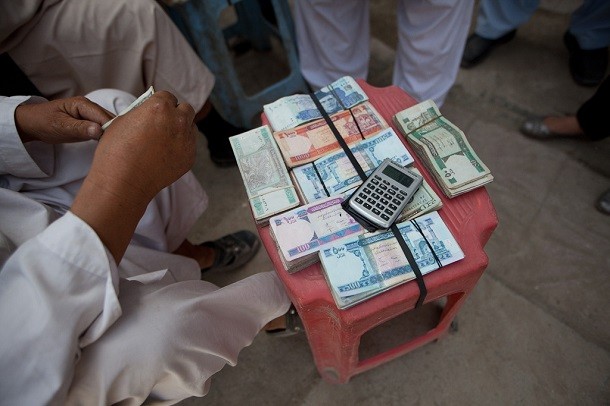 Source: Da Afghanistan Bank, Image: imtfi via Flickr
Source: Da Afghanistan Bank, Image: imtfi via Flickr During Taliban occupation of Afghanistan, there was no limit to the amount of Afghani (the currency of Afghanistan) which could be printed and circulated. The instability that followed (and the U.S. entering Afghanistan) led to many people using the U.S. dollar as their primary currency. The Afghan Central Bank reintroduced a new version of the Afghani in late 2002. Since then, use of the U.S. dollar in Afghanistan has been decreasing as more of the population takes up the new Afghani currency. (To give an idea of the instability, the Afghani was trading at 43,000 per USD in 2002. In 2009, the exchange rate was down to 45:1.)
Timor-Leste
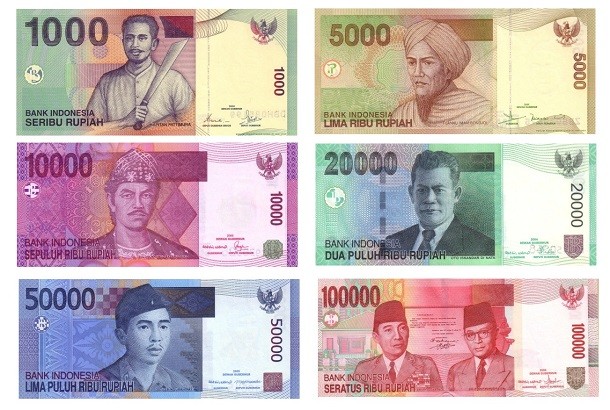 Source: United Nations Transitional Administration in East Timor, Image: Wikipedia
Source: United Nations Transitional Administration in East Timor, Image: Wikipedia The Pacific country of Timor-Leste (East Timor) gained independence from Indonesia in 1999, officially declaring its country status in 2002. During that time, the United Nations administration in the country changed the currency from the Indonesian rupiah to the U.S. dollar. In 2003, Timor-Leste began introducing a series of “centavo” coins to be used alongside U.S. cents at an even conversion rate, giving analysts the idea Timor-Leste may be moving towards its own currency. As of now, the USD is the official legal tender in Timor-Leste but many other currencies – such as the Indonesian rupiah and Thai baht – are used for everyday, private business.
Caribbean Netherlands
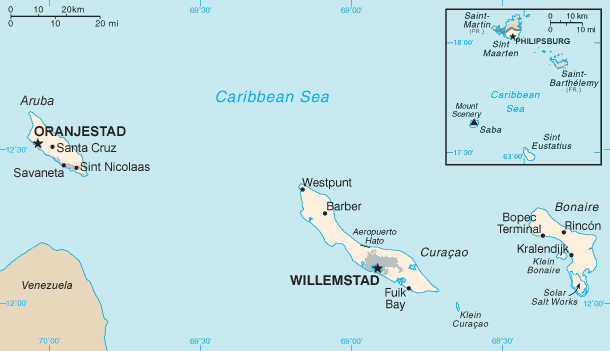 Source: Bonaire Insider, Image: Wikipedia
Source: Bonaire Insider, Image: Wikipedia The Caribbean Netherlands, made up of the three Dutch island overseas territories of Bonaire, Sint Eustatius, and Saba, have also adopted the U.S. dollar as their official currency. Though they are former Dutch colonies, the countries decided to switch from the Netherlands Antillean guilder (their currency) to the U.S. dollar rather than the Euro in 2011. The reason is the same why many Caribbean islands have adopted the U.S. currency: a higher proportion of American tourists.
British Turks & Caicos
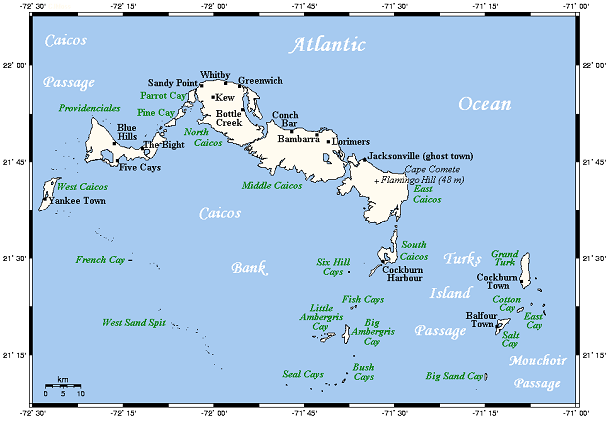 Source: U.S. News & World Reports Travel, Image: Wikipedia
Source: U.S. News & World Reports Travel, Image: Wikipedia Like the Caribbean Netherlands, Turks and Caicos is another country which does not use its parent country’s currency. A British territory, these Caribbean islands adopted the U.S. dollar as their official currency. With its major cruise port at Provo where many tourists use the U.S. dollar, it’s easier for vacation providers and businesses on the islands to use the U.S. currency.
British Virgin Islands
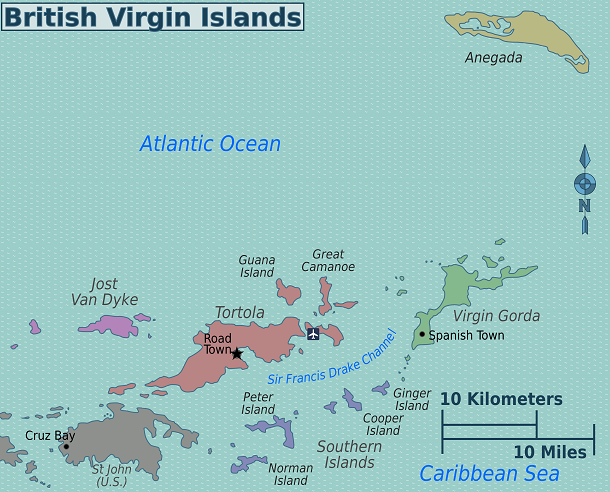 Source: Associated Press, Image: Wikimedia
Source: Associated Press, Image: Wikimedia Since 1959, the British Virgin Islands have used the U.S. dollar as their official currency. This has made the islands a popular tax haven for American businesspeople looking to register in the country and for the many tourists leaving on cruise ships bound for the island. The bordering U.S. Virgin Islands also use the U.S. dollar.
El Salvador
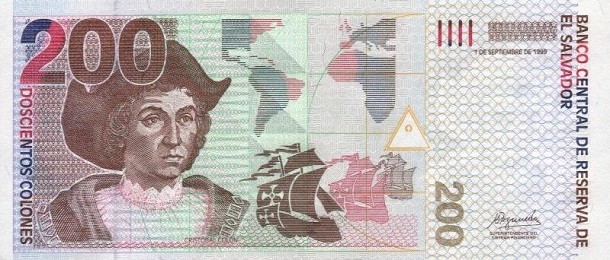 Source: BankNoteWorld, Image: Wikimedia
Source: BankNoteWorld, Image: Wikimedia The Salvadoran colón was the official currency of the Central American country of El Salvador for over a century from 1892 until 2001. Named after Christopher Columbus, the currency ceased to be the official note in 2001 but it still operates alongside the U.S. dollar (the country’s official currency) as an accepted legal tender.
Mexico
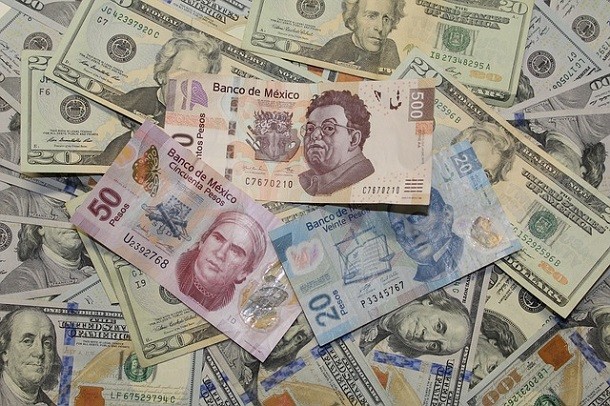 Source: Google Finance, Image: Pixabay
Source: Google Finance, Image: Pixabay Mexico’s official currency is the Mexican peso which, as of late 2015, traded with the dollar at a rate of almost 17 pesos per dollar. In contrast to previous countries on this list, the Mexican peso is used across the country so don’t expect to use dollars on a remote excursion. But, if you’re taking a quick trip to a major tourist hotspot such as Cabo San Lucas or Cancun, you can pretty easily get away with using only U.S. dollars, though at a poorer exchange rate as you’ll be buying at the shopkeeper’s own exchange rate.
Canada
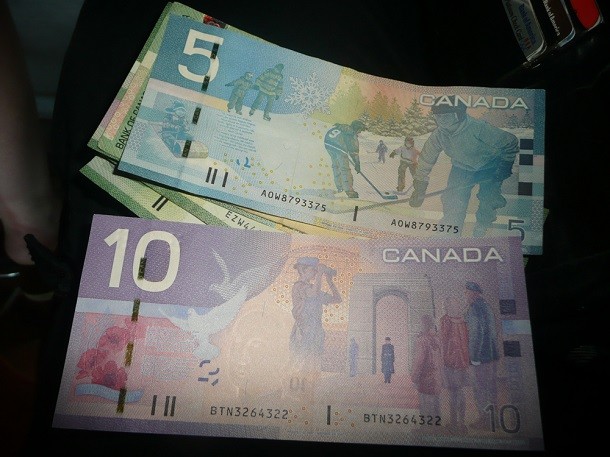 Source: XE, Image: lsiegert via Flickr
Source: XE, Image: lsiegert via Flickr Canada’s currency, the Canadian dollar, is the only currency accepted in much of the country, especially as you get further away from the border. Though some restaurants in cities near the border will offer prices in both currencies, you’ll get a better rate when pulling Canadian dollars from an ATM. Besides, the exchange rate between the Canadian and American dollars in recent years has been favorable for the U.S. dollar, meaning you’re getting more bang for your buck by exchanging.
Northern Mariana Islands
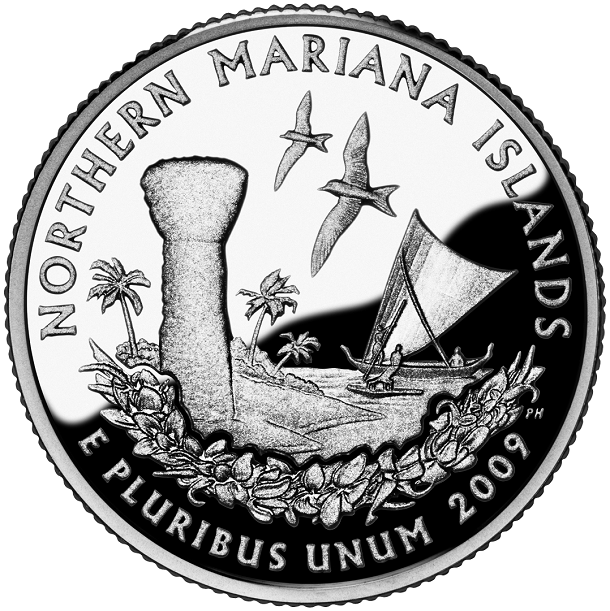 Source: Saipan Tribune, Image: Wikipedia
Source: Saipan Tribune, Image: Wikipedia One of only two American territories to hold the “commonwealth” status (Puerto Rico is the other), the Northern Mariana Islands are a collection of 15 islands southeast of Japan and north of Papua New Guinea. The islands, popular with Japanese tourists, receive high subsidies from the U.S. federal government. Though the territory uses the U.S. dollar and is part of the U.S.A., it has not traditionally had to keep to the same labor laws, leading to allegations of sweatshops and child labor.
United States Minor Outlying Islands
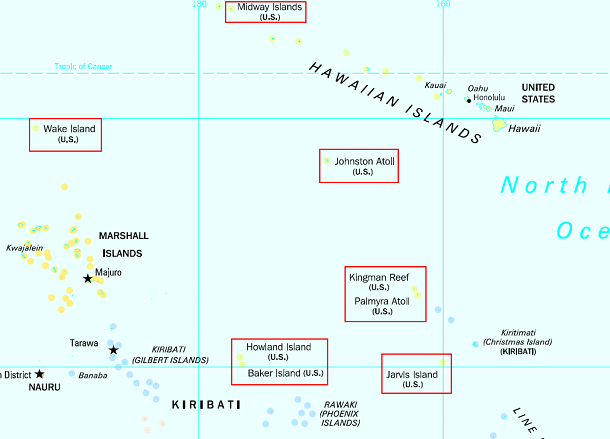 Source: U.S. Census, Image: Wikipedia
Source: U.S. Census, Image: Wikipedia Have you ever heard of the U.S. Minor Outlying Islands? These remote islands, lying mostly between Hawaii and Australia with one (Navassa Island) in the Caribbean, have no permanent human populations. Only Johnston Atoll and Wake Island have any residents and they’re only scientific and military personnel. Nonetheless, the U.S. dollar is the official currency of these mostly-uninhabited islands.
Marshall Islands
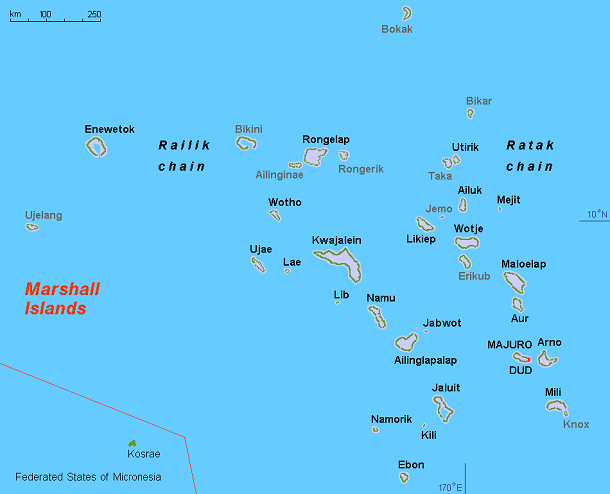 Source: CIA World Factbook, Image: Wikipedia
Source: CIA World Factbook, Image: Wikipedia Another island chain in the Western Pacific’s Micronesia, the Marshall Islands also use the U.S. dollar as their official currency despite being a sovereign state (rather than an American territory). The Marshall Islands do have a special relationship with the United States known as free association, meaning that the United States military defends the islands and islanders have access to U.S. social services and various grants.
Palau
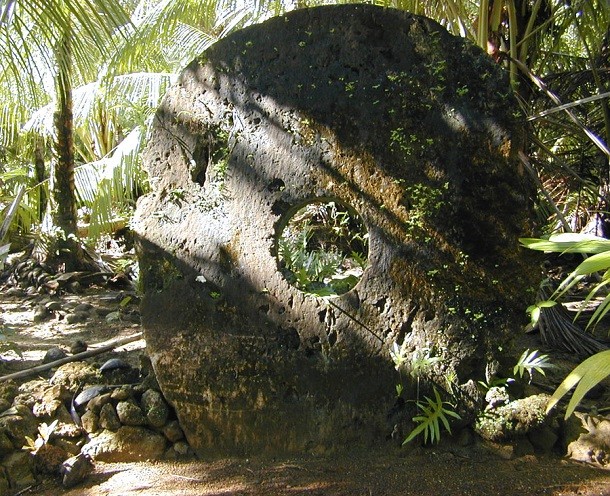 Source: UNWTO, Image: Wikipedia
Source: UNWTO, Image: Wikipedia A 250-island nation, Palau has been inhabited for over 3,000 years. These days, the highly remote country uses the USD as its primary currency as it’s also in free association with the U.S., just like #13 and #7, and is heavily dependent on U.S. financial assistance. Japanese and American fighting around the islands during World War II has led to plenty of shipwrecks popular with divers visiting the sites and barrier reefs. (Pictured is a Rai: stone money used in Palau long ago.)
Honduras
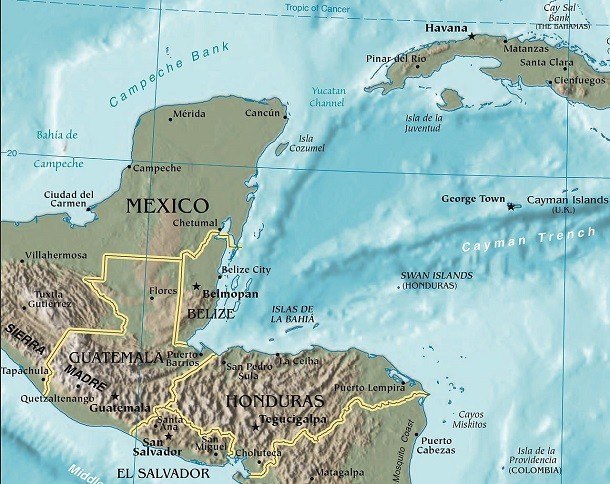 Source: Oanda, Image: Wikimedia
Source: Oanda, Image: Wikimedia Honduras’ official currency is the Honduran lempira, named after a local ruler and hero of the sixteenth-century. Though the lempira is the primary currency on the mainland (very rarely will you see a place accepting dollars), the heavily-touristed Bay Islands off the northeastern coast accept dollars as easily as lempiras. (Bonus fact: Did you know one of the Honduran provinces is named “Gracias a Dios”? It translates to “Thank God”.)
American Samoa
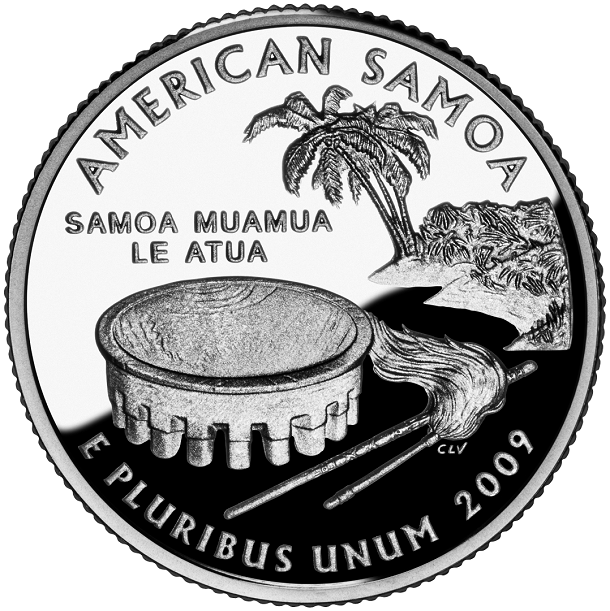 Source: CIA World Factbook, Image: Wikimedia
Source: CIA World Factbook, Image: Wikimedia Though the official currency in nearby Samoa is the Samoa Tala, American Samoa uses the dollar. American Samoa is an unincorporated territory of the U.S. as well as the southernmost point in the United States. Its geographical remoteness and proneness to hurricanes makes it highly dependent on financial assistance from the U.S. like many other Pacific islands and territories.
Federated States of Micronesia
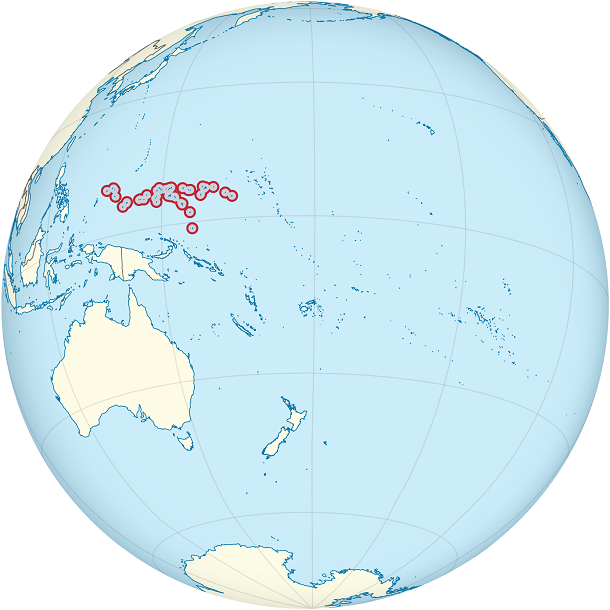 Source: UNWTO, Image: Wikipedia
Source: UNWTO, Image: Wikipedia Like the Marshall Islands, the Federated States of Micronesia are in free association with the United States. Highly isolated, the islands don’t receive many tourists (they’re the 11th least visited island country in the world) and rely on U.S. financial assistance as their primary revenue source. The remainder of economic activity is primarily made up of fishing and subsistence agriculture.
Cuba
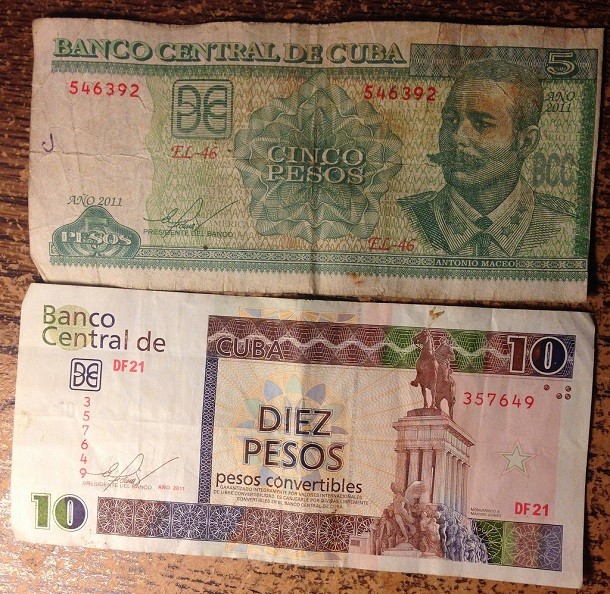 Source: Trip Advisor, Image: cutey5 via Flickr
Source: Trip Advisor, Image: cutey5 via Flickr Cuba has two official currencies: the Cuban convertible peso (CUC) and Cuban peso (CUP). Local Cubans use the less-valuable CUP whereas tourists will exchange their home currencies for CUCs, the tourist money. The CUC is pegged to the U.S. dollar at a rate of 1:1 but is in a process of being phased out and merged with the CUP. Though the U.S. dollar is not officially accepted in Cuba, it maintains a strong place on the black market and many Cubans will accept it.
Costa Rica
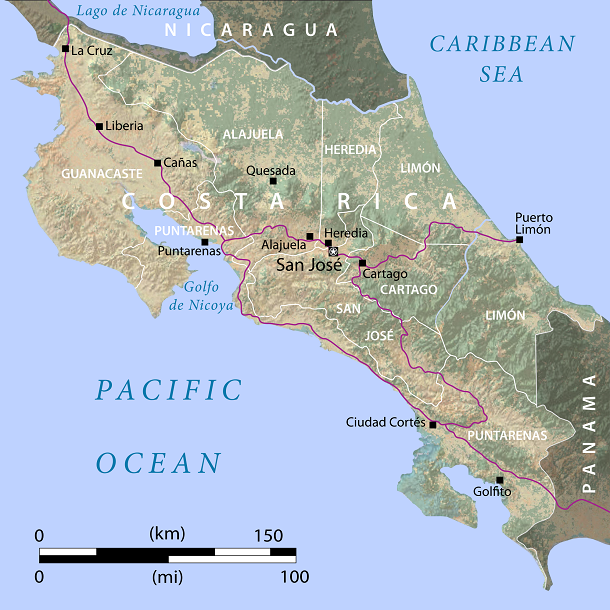 Source: Costa Rica Guide, Image: Wikipedia
Source: Costa Rica Guide, Image: Wikipedia Yet another Central American country you wouldn’t expect to use the U.S. dollar, Costa Rica uses the colón as its official currency but most locals will readily accept U.S. dollars from tourists. Like most countries without the USD as official legal tender, vendors will give you back change in local currency.
Cambodia
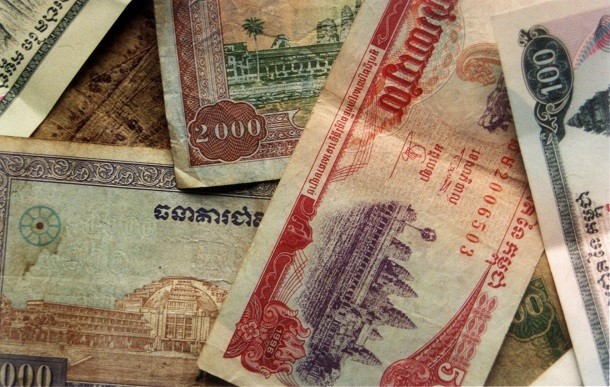 Source: Chinese University of Hong Kong. "Historical Exchange Rate Regime of Asian Countries: Cambodia", Image: Wikipedia
Source: Chinese University of Hong Kong. "Historical Exchange Rate Regime of Asian Countries: Cambodia", Image: Wikipedia U.S. dollars are accepted as widely as Cambodian riels in Cambodia and you can even find plenty of ATMs which dispense dollars. When the riel was reintroduced in 1980 following a five year absence of the monetary system, Cambodians stuck to using foreign currency. Moreover, since a United Nations peacekeeping force in 1993 injected massive amounts of dollars into the economy, the greenback has remained Cambodians’ preferred currency.
Laos
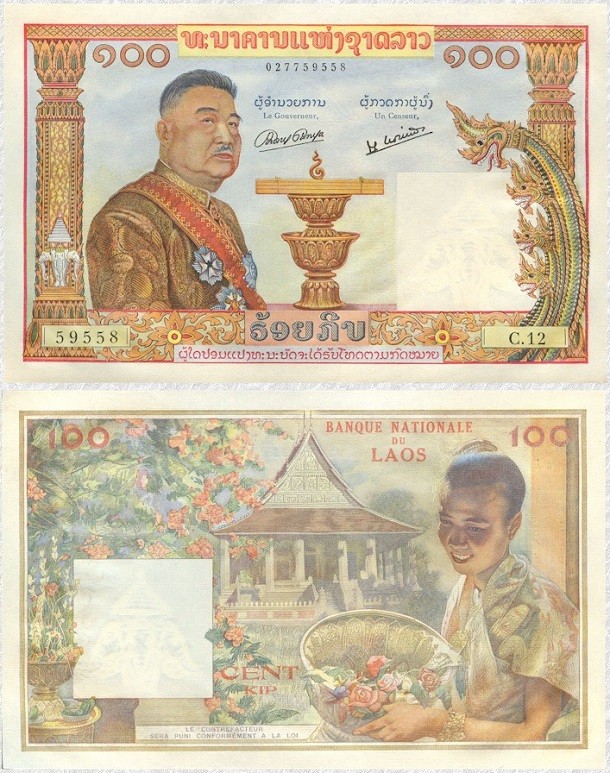 Source: Lonely Planet & Bank of Laos, Image: Wikipedia
Source: Lonely Planet & Bank of Laos, Image: Wikipedia Neighboring Laos is a country most people know little about. Sandwiched between Thailand to the west, Vietnam to the east, China to the north, and Cambodia to the south, the Southeast Asian country uses the Lao kip as its official currency. Despite not being the official currency, about a third of banknotes in the country’s capital are said to be U.S. dollars with another third Lao kip and the remaining third Thai baht. Dollars are the preferred currency for more expensive purchases in the country with kip mostly used for smaller transactions, though the government is printing larger bills in an attempt to encourage locals to use the Lao kip as their primary currency.
Panama
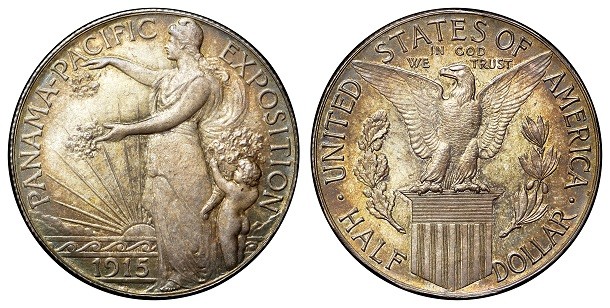 Source: TransferWise, Image: Wikipedia
Source: TransferWise, Image: Wikipedia Panama and the United States have long had a strong mutual interest, largely in part to American business interest in building the Panama Canal. Soon after its independence from Colombia in 1903, Panama simultaneously adopted the Panamanian balboa and U.S. dollar as its currencies, pegging the greenback on a 1:1 ratio to the balboa.
Zimbabwe
 Source: BBC & Russia Today, Image: Wikipedia
Source: BBC & Russia Today, Image: Wikipedia Rounding out our list of countries you wouldn’t expect to use the U.S. dollar is one of the strangest countries on Earth, currency-speaking. With hyperinflation skyrocketing in the 21st century, an egg cost 50 billion Zimbabwean dollars in 2008. Zimbabwe now has eight official currencies, none of which are its own. Official currencies include the Botswana pula, South African rand, Australian dollar, Chinese Yuan, Indian Rupee, Japanese Yen, British pound sterling, Euro, and the U.S. dollar. The Zimbabwean dollar, trading at a rate of 250,000,000,000,000 (250 trillion) per $1, was phased out in September 2015. The situation was so bad that during a liquidity crisis in the past few years, Zimbabwean shopkeepers were giving out change in candy, mobile phone credit, and even condoms.



























